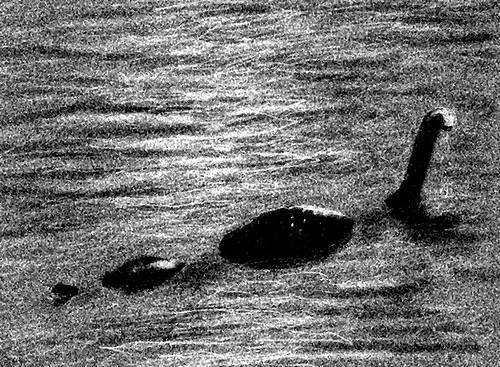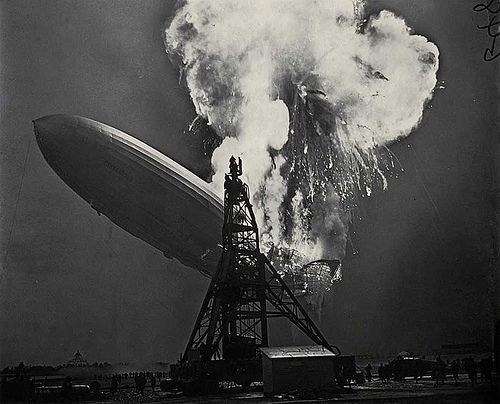
Flames conduct electricity. Forest fires near high-voltage transmission lines can actually discharge them to the ground.

Flames conduct electricity. Forest fires near high-voltage transmission lines can actually discharge them to the ground.
Remember the Y2K crisis? We thought society was going to collapse because we hadn’t trained our computers for the future.
Well, it’s going to happen again. We’re going to run out of Social Security numbers.
Your number is unique; it’s not recycled when you die. About a billion numbers are possible, but we’ve been assigning them since 1936 and we’ve already used up about a third of the possibilities. According to some estimates we could run out by 2075.
What happens then? Who knows? But if our government collapses, head to South Korea: Their social security numbers give access to online video games.
The initials SPQR appear everywhere in Rome — they were emblazoned on the standards of the Roman legions, and they appear today in the city’s coat of arms. The only trouble is that no one knows what they stand for. Historians think it’s probably one of these mottoes:
But that hasn’t stopped everyone else from making suggestions:
Supposedly Pope John XXIII noted that SPQR backward reads RQPS, which he suggested meant “Rideo Quia Papa Sum” — “I laugh, because I am the Pope.”

The Loch Ness monster is not only shy, he’s old. The Life of St. Columba, by the 7th-century Scottish abbot Adomnan of Iona, contains an account of the monster attacking a Pict in 565, and being fought off by the courageous saint:
[He] raised his holy hand, while all the rest, brethren as well as strangers, were stupefied with terror, and, invoking the name of God, formed the saving sign of the cross in the air, and commanded the ferocious monster, saying, “Thou shalt go no further, nor touch the man; go back with all speed.” Then at the voice of the saint, the monster was terrified, and fled more quickly than if it had been pulled back with ropes, though it had just got so near to Lugne, as he swam, that there was not more than the length of a spear-staff between the man and the beast. Then the brethren seeing that the monster had gone back, and that their comrade Lugne returned to them in the boat safe and sound, were struck with admiration, and gave glory to God in the blessed man. And even the barbarous heathens, who were present, were forced by the greatness of this miracle, which they themselves had seen, to magnify the God of the Christians.
In 1943, the Allies set a dead man adrift off Spain. The corpse of “Major William Martin” carried a set of keys, theater stubs from a recent performance, a bank overdraft notice — and “secret documents” that detailed a plan to invade Europe via Sardinia.
The ruse worked — the Germans found the documents and prepared for a Sardinian attack that never came, and the Allies successfully invaded Europe through Sicily.
Who was the corpse? Apparently he was a vagrant Welsh alcoholic named Glyndwr Michael who ingested rat poison — a rare posthumous war hero.
There have always been bad students. Here’s what kids were writing on English exams 150 years ago:
— From Mark Twain, “English as She Is Taught: Being Genuine Answers to Examination Questions in Our Public Schools,” 1887

The Civil War didn’t quite end with Lee’s surrender. The Confederate man-of-war CSS Shenandoah was in the Arctic Ocean at the time, and kept attacking Union ships for four more months.
By the time it stopped, the Shenandoah had carried the Confederate flag completely around the world. It sank or captured 38 ships, two-thirds of them after the war ended, and took close to a thousand prisoners. Oops.
When you kiss someone, you have to turn your head to one side to avoid mashing noses.
Psychologist Oner Güntürkün found that people favor turning to the right over the left by a 2:1 ratio.
Words dropped since the 1901 edition of the Chambers Dictionary:

The Hindenburg was the largest aircraft ever built, 10 times the size of a modern blimp and filled with 7 million cubic feet of flammable hydrogen.
And it had a smoking room.